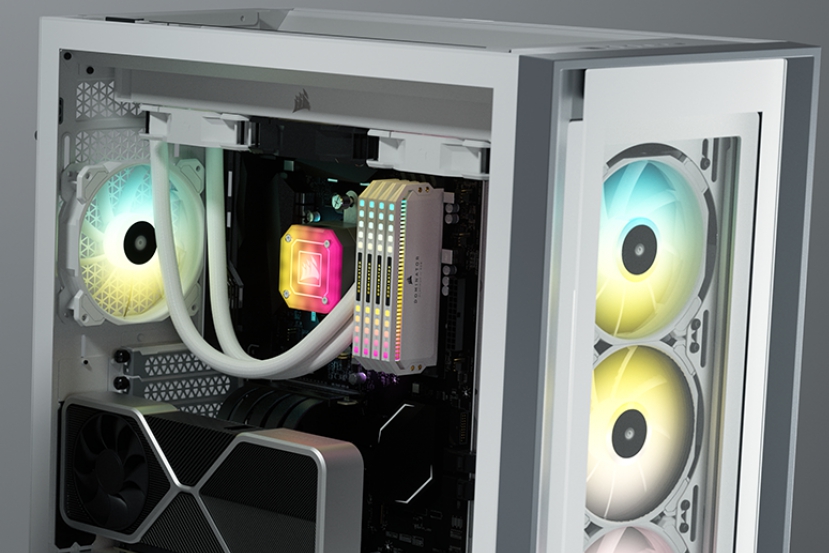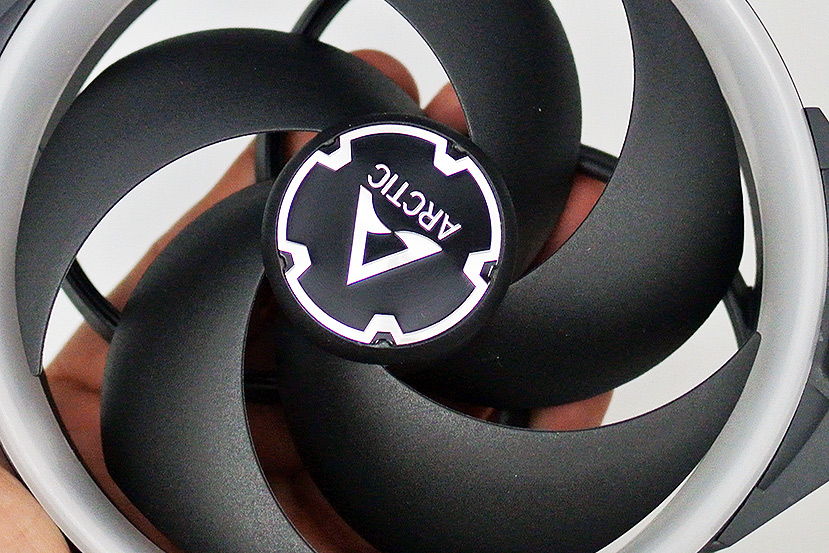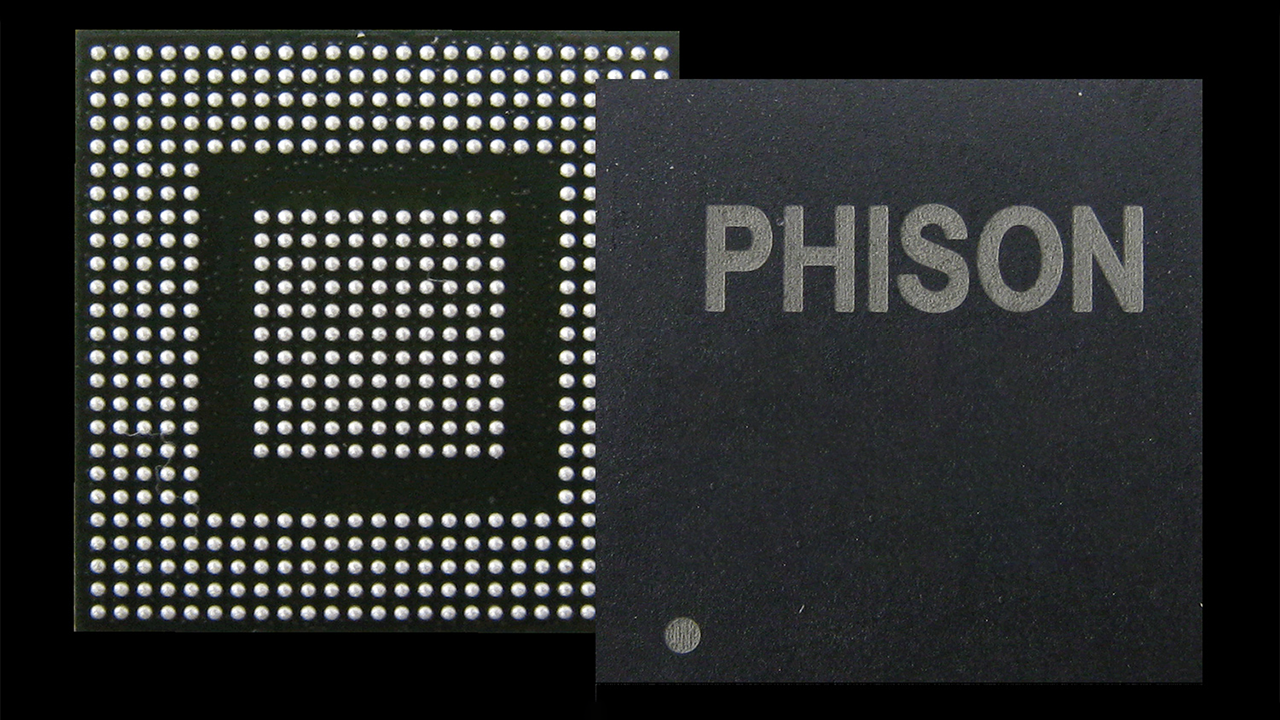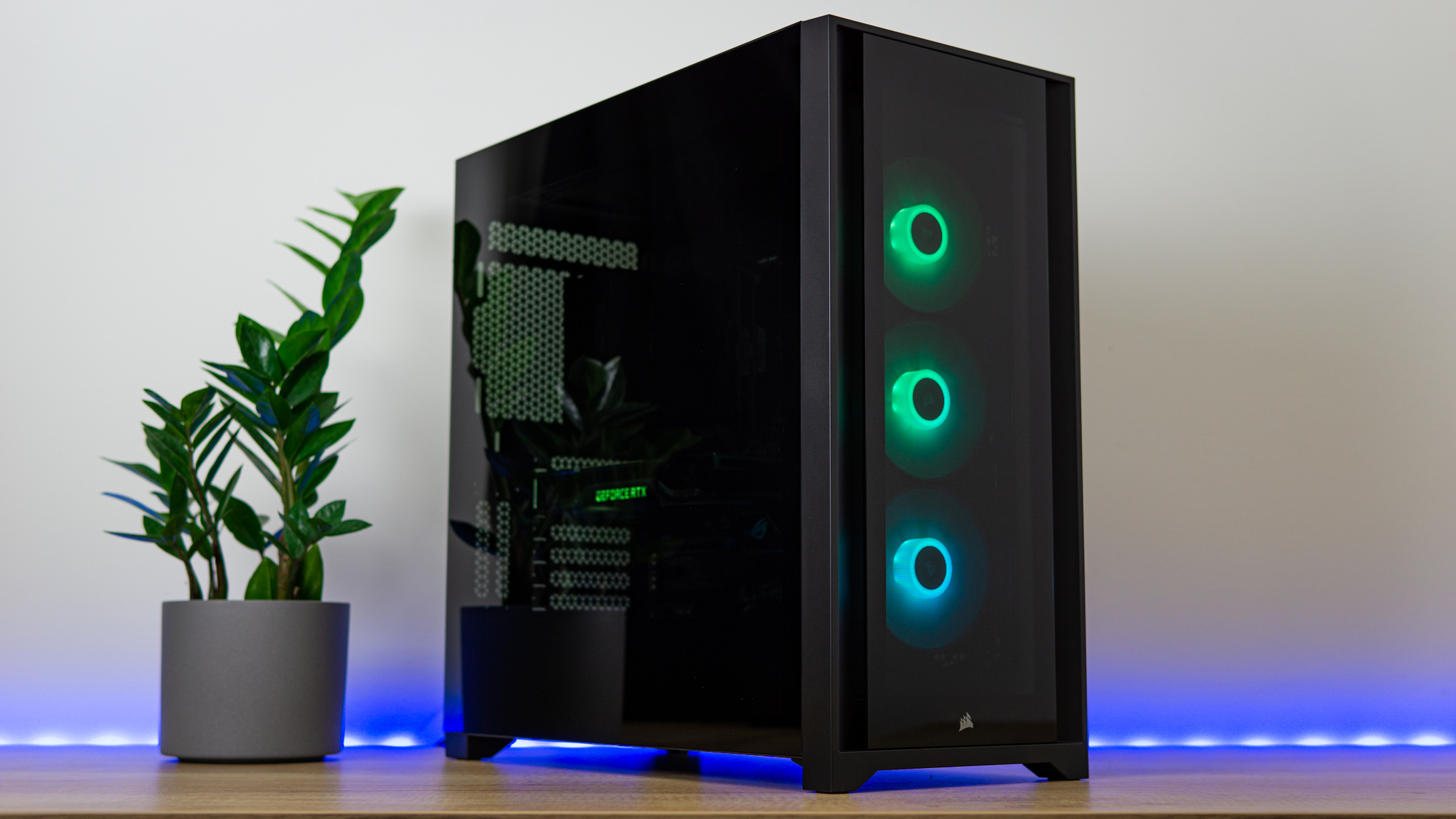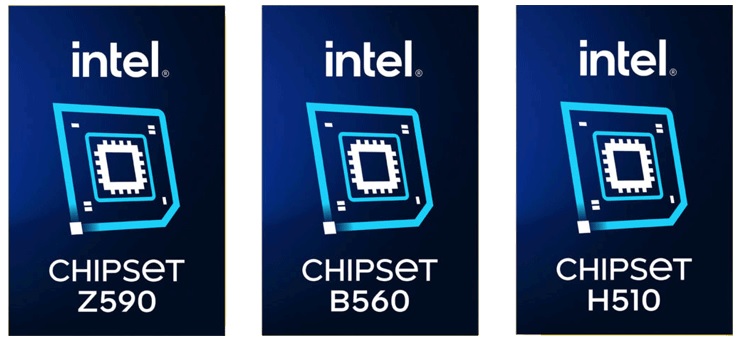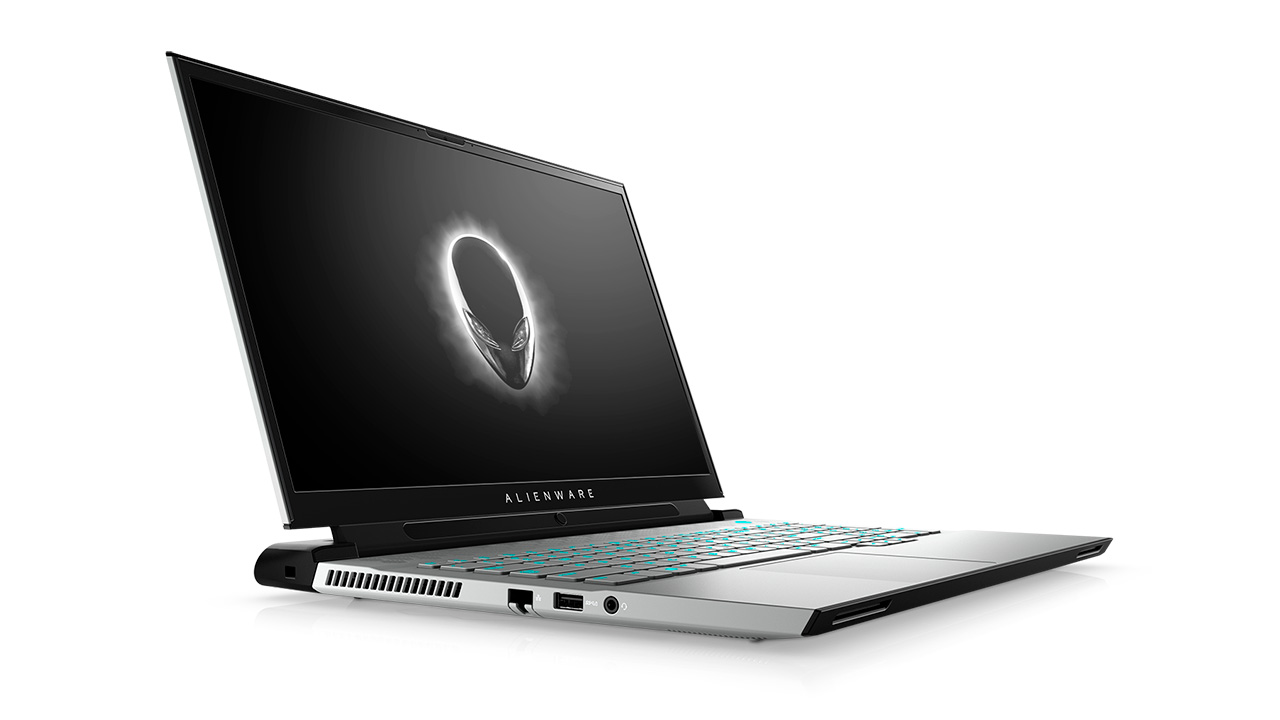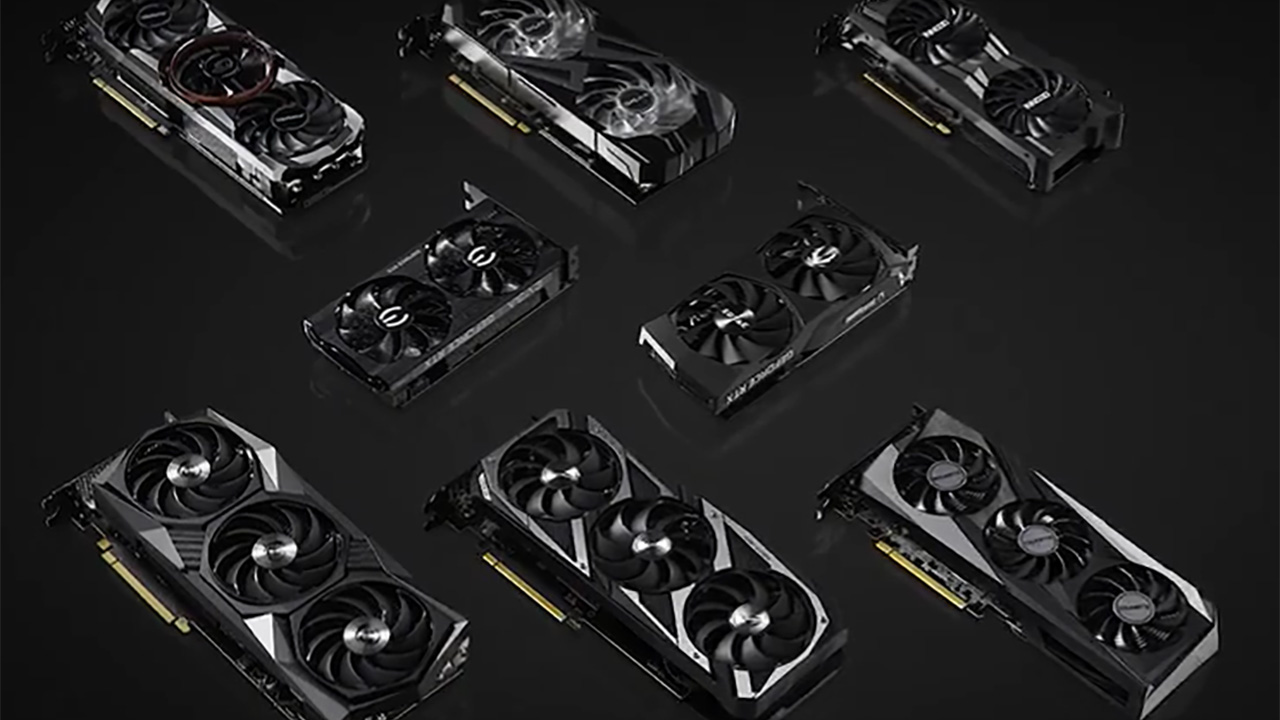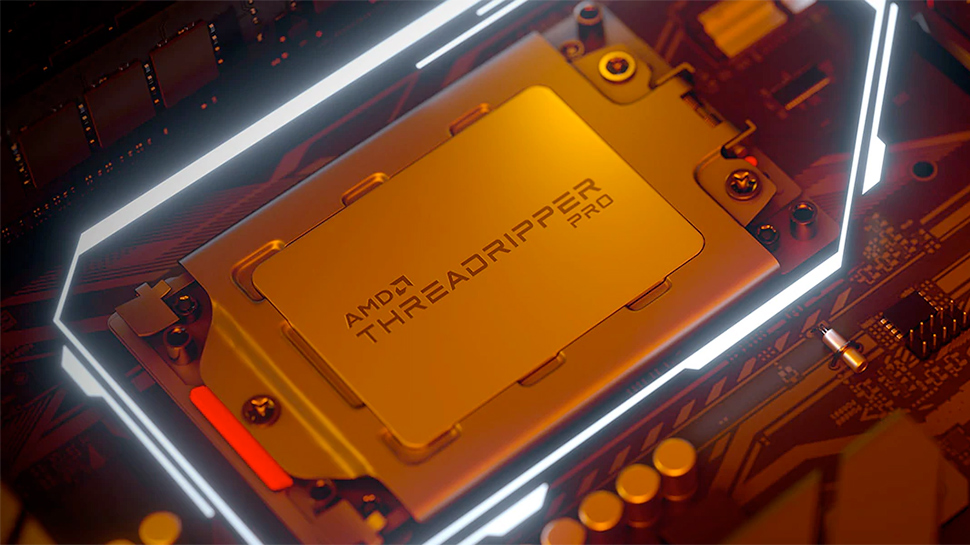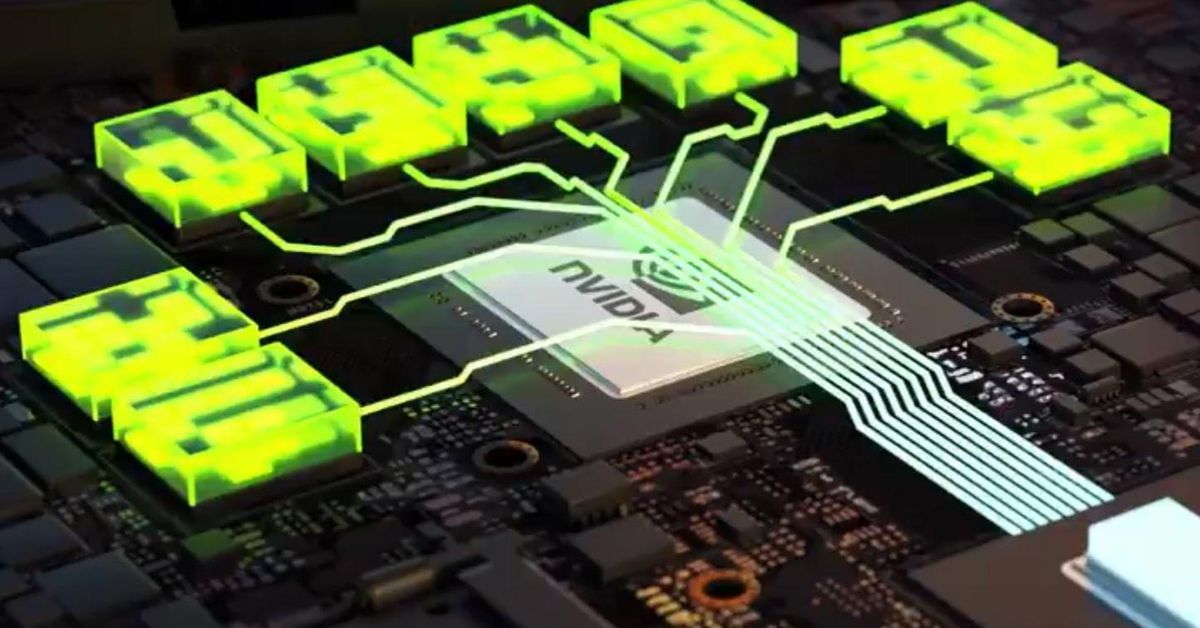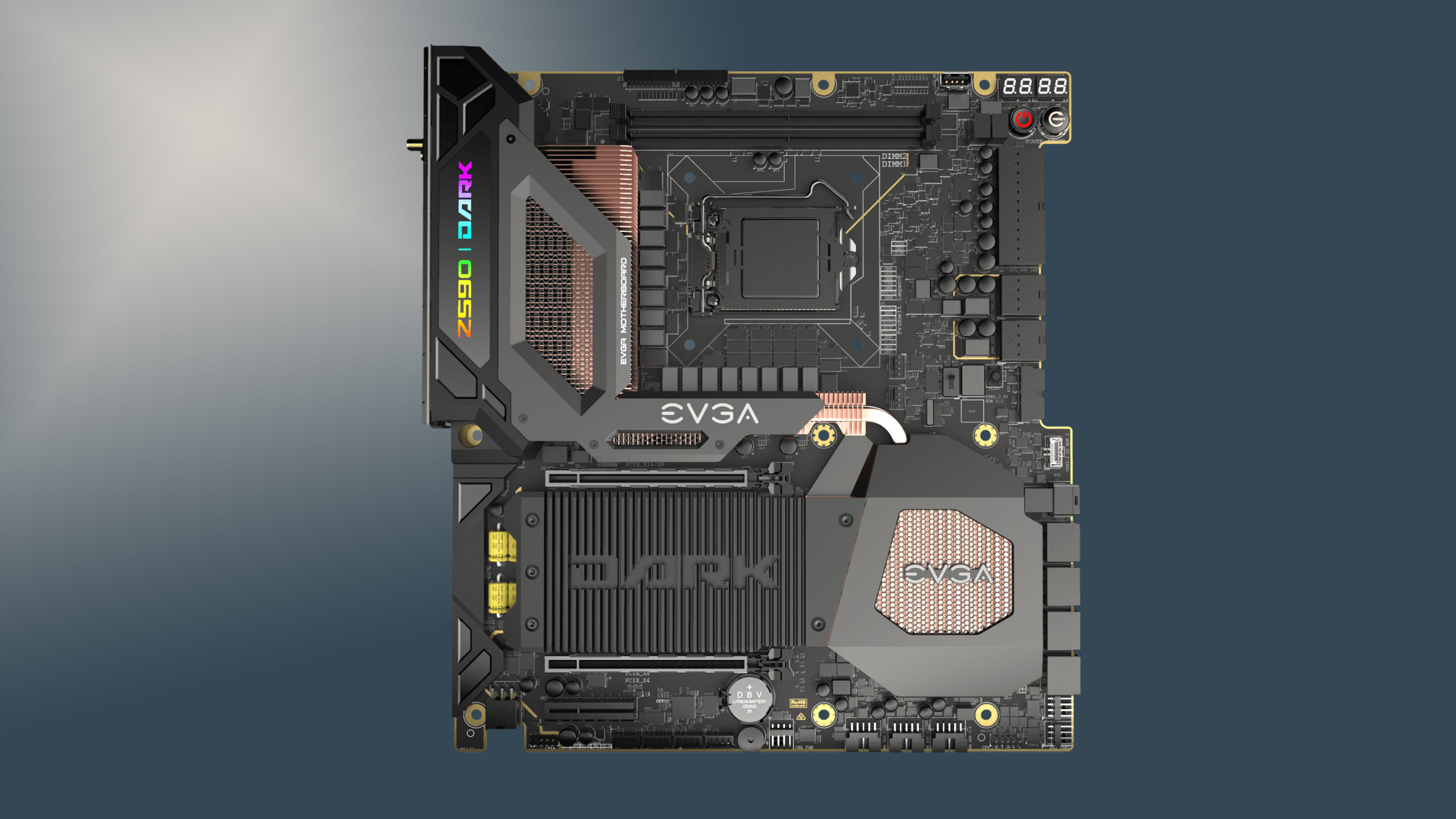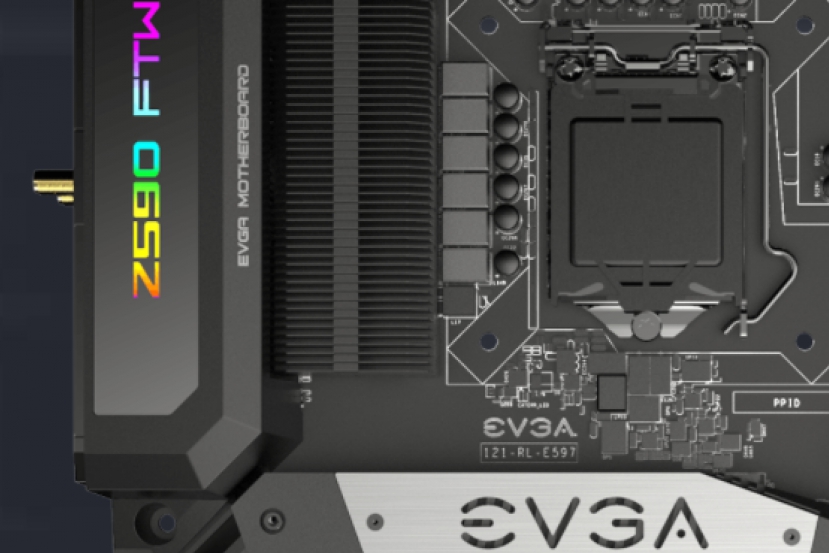Introduction and technical specifications of the Corsair iCUE 5000 X RGB
We present the review of the Corsair iCUE 5000 X RGB , a mid-tower that leads the renewal of the Corsair box catalog and that debuts a design with four tempered glass panels and the ARGB lighting system managed through its own controller with the software iCUE.
Space for high-performance systems and a design with a variety of modules together with multiple possibilities of air cooling and liquid are other hallmarks with which the 5000 X. Let’s see how it performs.
Technical characteristics of the Corsair iCUE 5000 X RGB
- Dimensions: 520 mm x 245 mm x 520 mm
- Material: Steel, Plastic, Tempered Glass
- Fans
- Front: 3x 140 mm or 2x 170 mm (including 3 x 120 mm PWM RGB )
- Behind plate: 3x 140 mm
RL Radiators:
- Front: 360 mm / 305 mm
- Higher: 387 mm / 305 mm
- Behind the plate: 360 mm / 240 mm
- Rear: 140 mm
- 4x 2.5 “
- 2 x 3.5 “
Design and Connectivity
The analyzed model corresponds to the white variant, having also available a model with a black finish. What is most striking at first glance are the four tempered glass panels that cover the front, sides and the upper area
The white inside and outside is complemented by the gray edges of the front part that breaks the monotony a bit that would have a finish all the same.
Although the front is made of glass, it has a good separation on both sides, so that air can enter directly to the box through the three fans in that area, in addition, the side also has a filter grille to be able to put air into a specific area that has the 5715 X to be able to place three fans behind the hob.
The fact that it has tempered glass on this side does not make as much sense as in other places, since nothing is seen, only a rather inconspicuous metal cover that covers the cables and other internal elements.
Like the front glass, the top glass leaves ample space on both sides to allow exit air filter, under it there is an air filter.
All the windows can be removed, the sides by means of two screws and the front and top are put on and removed pressure using integrated pins.
The upper filter is magnetic and flexible, it has a small yellow “label” to facilitate its removal.
On the front side we have another filter fixed by means of pegs when removing the glass, when removing it we have access to the three fans s pre-installed of 120 mm.
At the bottom of the box we also have a small removable filter placed just below the source air inlet.
Internally, the Corsair iCUE 5715 X RGB integrates a dual camera design, practically the current standard in the box market. The main chamber has a large space with nothing to interfere with the component area.
the ingerior area has perforations to let the air pass, you can place two 2.5 “SSD or HDD
When removing the glass on the right side we can see the metal cover that covers the interior and a area, to the left, to place three fans or even a triple radiator. The air is directed into the main chamber through a large piece of plastic.
In terms of connectivity, we have two USB-A ports and a USB-C on the top of the front. It also has a USB-C, reset button and power button.
The rear shows 7 horizontal expansion slots and two verticals for the GPU. PCIe riser is not included to place the graphic in that position, so we will need an additional one.
In addition to the box itself and the screws, Corsair includes a good bunch of velcro ties, plus a piece to reshape the source housing and a small piece to make it easy to attach the internal USB 3.0 cable.
Refrigeration
If we go into detail in the characteristics and cooling possibilities of the Corsair iCUE 5000 X RGB we have to start with the three built-in fans CORSAIR SP RGB ELITE of 120 mm with 8 independent RGB Addresable LEDs.
The 3 Fans are located on the front, pushing air directly into the main chamber where the motherboard and other components will go. Fans are not included to extract air, something that can come in handy if we have components that generate a lot of heat such as powerful graphics cards. We can always place one of the three front ones in the upper or back part, but the inclusion of a fourth fan would have been a detail.
Those three fans, and up to three others, can be connected to the integrated PWM controller, basically a HUB that takes the PWM signal from the motherboard and repeats it to all the fans, allowing their global configuration from the software of the license plate.
The controller, as we say, supports 6 PWm fans, but the box is capable of holding up to 17 fans in total. The three front, one rear, three in the upper area and another three in the space behind the motherboard tray.
All these places also allow to place liquid cooling radiators, with up to three radiators of 360 mm and one of 120 mm.
The space for cooling is very large, and both the air inlets and outlets have enough space for the air to pass through without problems.
Assembly and Storage
When assembling the equipment we have all the main space available for the plate, there are no elements that disturb or interfere an.
At the back, when opening the lid, we find a large space and rails to manage the cables, as well as three bays with their corresponding anchoring system for three 2.5-inch HDD or SSD units.
Each of these bays are anchored to the SSD by means of four screws, although Corsair has only included a total of eight, so if we want to place the three SSDs we will have to, or fix them with two screws, or find screws elsewhere.
Once screwed to the bay, fixing the module to the box is child’s play with the integrated manual screw. Although there are only three modular bays, they can also be placed on top of the housing of the compartment for the source, leaving space for 5 SSD if we get two more bays.
The hard drive module allows the placement of two 3.5 “drives without the need for screws, each bay has a plastic piece that is fixed and allows you to place and remove it at will.
To place the source we have to put it on the side, since this 5715 X does not allow placement from the rear. In a box with this space, we did not expect to have trouble placing a fairly compact ATX font of 20 cm as the Seasonic Prime TX 650 W Titanium, but we were wrong.
The problem with putting the source on its side is that the space between the side door and the HDD module is very just and the font does not fit.
If we completely remove the door internal hinges (you just have to pull up), there is more space, but the frame on the side still prevents us from placing the source, something that should not give problems with such a small source in a box with such good dimensions.
The only way to be able to place the font without problems is to move the hard drive module, inserting it to the left. This possibility comes in handy for larger fonts, but in one with a contained size it should not be necessary since, basically, it indicates that the rightmost position of the HDD module is not practical.
All of this would have been fixed by allowing the font to be placed from the back.
The module for the HDD has several positions, the last ones under a plastic cover that, as we can see, can be removed.
And replace with a decorative accessory that leaves more space in that area.
Once we have the source in place, we can pass the cables through the central rail with ties to keep it organized. To go to the front we have some holes with rubber hidden behind the casing in that area.
However there is a problem, and is that the space between the hole and the cover is so short that it is quite difficult to insert the cables, especially that of 30 pins, and in sources with stiffer cables than usual the problem may be greater.
In principle, said plastic cover has manual screws to remove it quickly and thus facilitate assembly, however, in addition to these screws, it is necessary unscrew two small screws with a screwdriver.
It is something quite contradictory because practically the entire system of modules and assembly of Corsair iCUE 5715 X RGB can be done without a screwdriver, so it doesn’t make much sense that something it could facilitate the assembly have two thumb screws and two that are not.
Once the problem has been solved, we can now have the plate fitted with the main power cables. The assembly is very neat and the cables are perfectly hidden in the side housing. The inclusion of rubber also in the upper and lower holes would have been appreciated.
The space above the plate is very wide and allows cables to pass through and place very thick radiators, but we cannot say the same for the lower part, where there are only millimeters between the base and the plate. The fact that Corsair has included an L adapter to fit the USB 3.0 cable already gave us a hint that there would not be much space.
It is not something endemic to this box, since lately many boxes adjust the space at the bottom so much that there is no room to pass the cables well, however, the adapter makes things much easier.
Once everything is connected, the rear part is left with the cables routed by the central channel and also the small channel in the upper right.
One of the advantages of this box is that, although we are not especially careful when passing the cables, nothing will be seen from the outside nor will it prevent us from putting the glass top thanks to the good bottom of the rear space and the metal cover.
Speaking now of the lighting system, the ARGB lighting of the three front fans is controlled by a small Corsair Lightning Node CORE controller compatible with iCUE with Supported four-pin fans. It has a SATA power cable and another for an internal USB of the board.
Each of the three fans has 8 independent LEDs that can be synchronized, change color or apply different effects. All this from the iCUE software, since the box does not have any physically manageable button or controller.
The physical controller is connected by internal USB, in such a way that the iCUE software recognizes it directly, in this case the Lightning Node Core.
We have the possibility of controlling up to 6 devices, of which 3 are occupied. It has a system to detect or reorder the fans that we place so that the effects synchronize perfectly.
The configuration options are multiple, being able to create combined effects from among a large n selection, or even create your own effects and select colors.
Even with the occasional unnecessary complication, all the space left by the Corsair iCUE 5000 X RGB allows you to create a high-performance computer where cooling or space for components such as graphics will not be a problem.
Analysis and conclusion
The Corsair iCUE 5000 X RGB introduces some very interesting improvements both in design and interior layout and prioritizes, above all, the cooling of the components.
Despite having four tempered glass panels, including the front and the one in the upper area, the company It places them in such a way that it leaves a good space between them to let the air in and out respectively, which prevents the flow from being restricted as occurs in boxes with smooth panels.
This is helped by its generous size, since despite being a mid-tower, its measurements of 52 x 94 they are quite spacious and place it halfway between a full-tower and semi-tower to use. This large space, together with a modular system and design without practically tools, means that assembling a computer, in principle, does not pose any problem even if we have several large-format graphics or liquid cooling systems, in fact, with the interior space and the rear area, you can place up to 3 triple radiators without problem.
Includes three fans with ARGB compatible with iCUE through its integrated controller, however, we do miss a fourth fan to draw air. In case more cooling is required, the 10 fans that it supports are more than enough for any high-performance equipment.
Regarding the lighting module , it allows to configure up to 6 fans in a very simple way and customizable through software, although it would be nice if it allowed to change colors and effects, even in a basic way, from a button on the tower itself.
However, Despite the large size, there are some internal design decisions that are quite improvable, for example, the space for the font and its placement system unnecessarily complicates things. Supports fonts up to 22, 5 cm, however, put a font of 20 cm is impossible without moving the entire block for hard drives, since it does not enter from the side, something that would be avoided by allowing the source to be inserted from behind.
Another problem that we have encountered has been when passing the cables from the rear. We have a lot of space and the system of channels and back cover allows us to place cables in multiple ways, something that is appreciated, however, when passing the cables of the graph and, above all, that of 30 pins, the space that remains between the holes and the large cover that separates both areas is very small, with patience and care it can be passed, but taking into account all the available space, It should be simpler.
In addition, despite having a tool-free design in the vast majority of elements and modules, this cover has two manual screws and, in addition, two screws more hidden that require a screwdriver, which does not make much sense to put the manuals and makes it much more cumbersome to remove the cover to facilitate the placement on of the cables.
These are small shortcomings that make you lose a bit of comfort when mounting a PC, shortcomings that are understood in much cheaper towers but not on a 140, 120 euros destined to be the flagship of the brand.
However, these small bumps when it comes to mounting do not cloud the fact that the Corsair iCUE 5000 X RGB is a box with which we can assemble a high-performance computer , with very good finishes and an excellent cooling capacity . Not forgetting the iCUE lighting control system compatible and synchronizable with all the brand’s peripherals.
End of Article. Tell us something in the Comments or come to our Forum!
